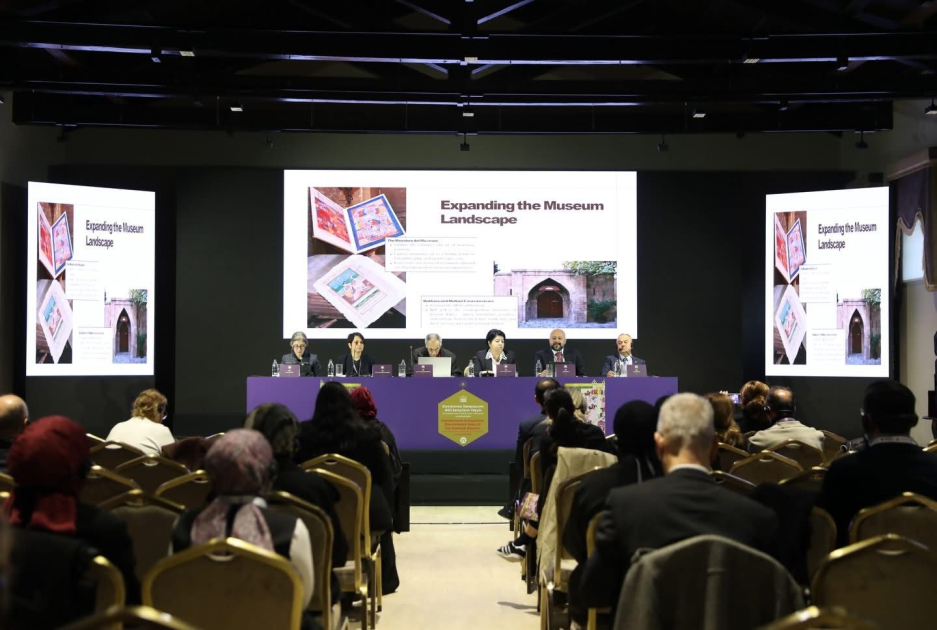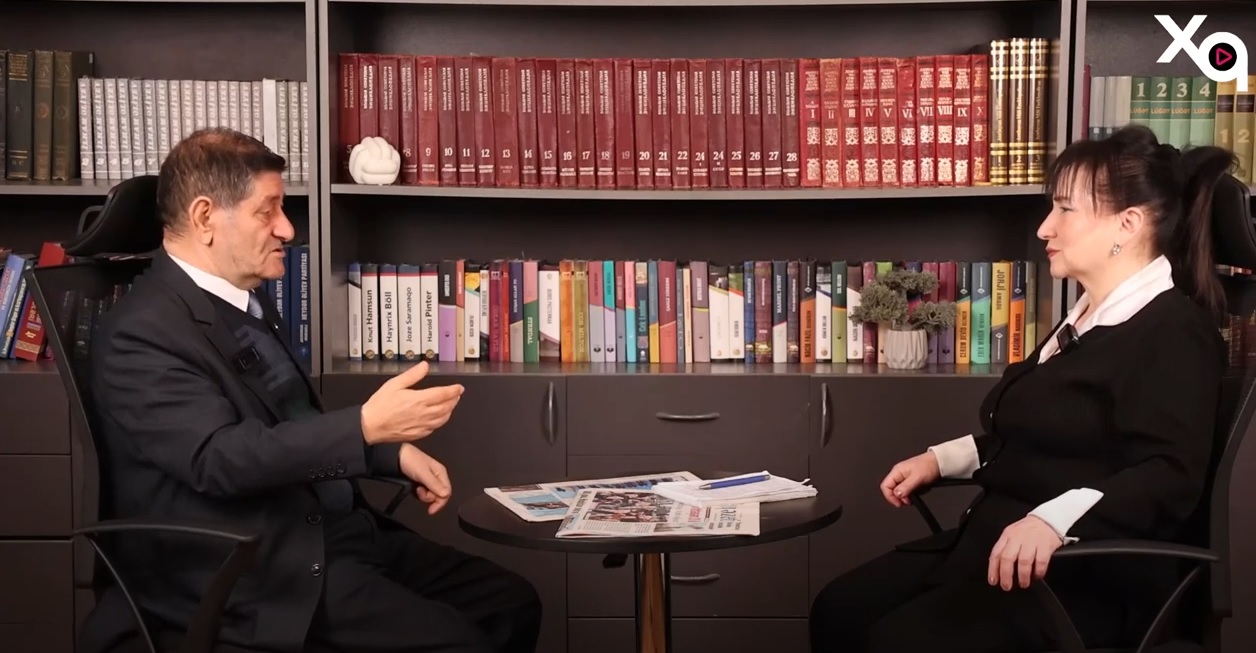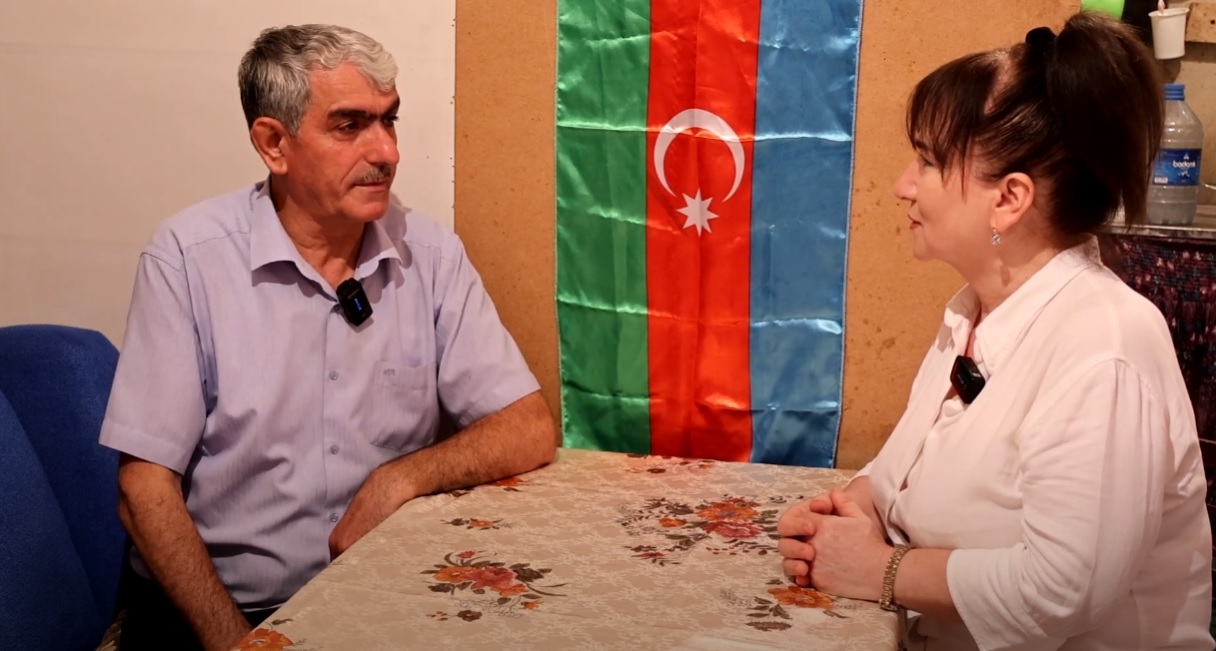China's Chang'e-6 mission collected 1,935.3 grams of samples from the far side of the moon, Xinhua reports citing the China National Space Administration (CNSA).
Zhang Kejian, head of the CNSA, handed over the sample container to Ding Chibiao, vice president of the Chinese Academy of Sciences (CAS), along with the sample certificate at a ceremony held in Beijing.
Minister of Industry and Information Technology Jin Zhuanglong presided over the handover ceremony.
Based on preliminary measurement, the Chang'e-6 mission collected 1,935.3 grams of lunar samples, according to the CNSA.
"We have found that the samples brought back by Chang'e-6 were more viscous compared to previous samples, with the presence of clumps. These are observable characteristics," Ge Ping, deputy director of the CNSA's Lunar Exploration and Space Engineering Center, who is also the spokesperson for the Chang'e-6 mission, told the press at the ceremony.
Researchers will then carry out the storage and processing of the lunar samples as planned and initiate scientific research work.
The lunar samples, which were collected from the far side of the moon for the first time in human history, hold unique scientific significance as they will further enhance the understanding of lunar evolution, accelerate the pace of peaceful exploration and utilization of lunar resources, and serve as an important asset for all humanity, the CNSA said.
The CNSA vowed to continue to uphold the spirit of lunar exploration, characterized by "chasing dreams, daring to explore, collaborating to overcome challenges, and achieving win-win cooperation," to ensure the proper management of the samples.
It will organize scientific research on the samples, sharing China's lunar exploration achievements with the international community, the CNSA said.
Based on the lunar sample management rules released by the CNSA and the experience in dealing with the applications for lunar samples collected by the Chang'e-5 mission, applications for the Chang'e-6 samples are expected to open to domestic research institutions and scientists in about six months, Ge said.
Regarding international applications, Ge noted that China has always maintained a positive and open attitude and China welcomes scientists from all countries to submit applications in accordance with relevant procedures.
Previously, significant scientific achievements have been made through in-depth research on the lunar samples brought back by the Chang'e-5 mission, in areas such as lunar formation and evolution, space weathering, and resource utilization, the CNSA said.
Researchers have published more than 80 achievements in important domestic and international journals, including the discovery of the new lunar mineral Changesite-(Y), the sixth discovered on the moon, and the "youngest" basalt on the moon, which was determined to be about two billion years old and extended the "life" of lunar volcanism 800-900 million years longer than previously known.
The Chang'e-6 probe was launched into orbit on May 3. Its returner, carrying the lunar samples, landed precisely in its designated area in Siziwang Banner, north China's Inner Mongolia Autonomous Region on June 25, marking a complete success for the mission.
The Chang'e-6 returner safely arrived in Beijing later. Researchers opened it and successfully collected the lunar sample container on Wednesday, according to the CNSA.


















